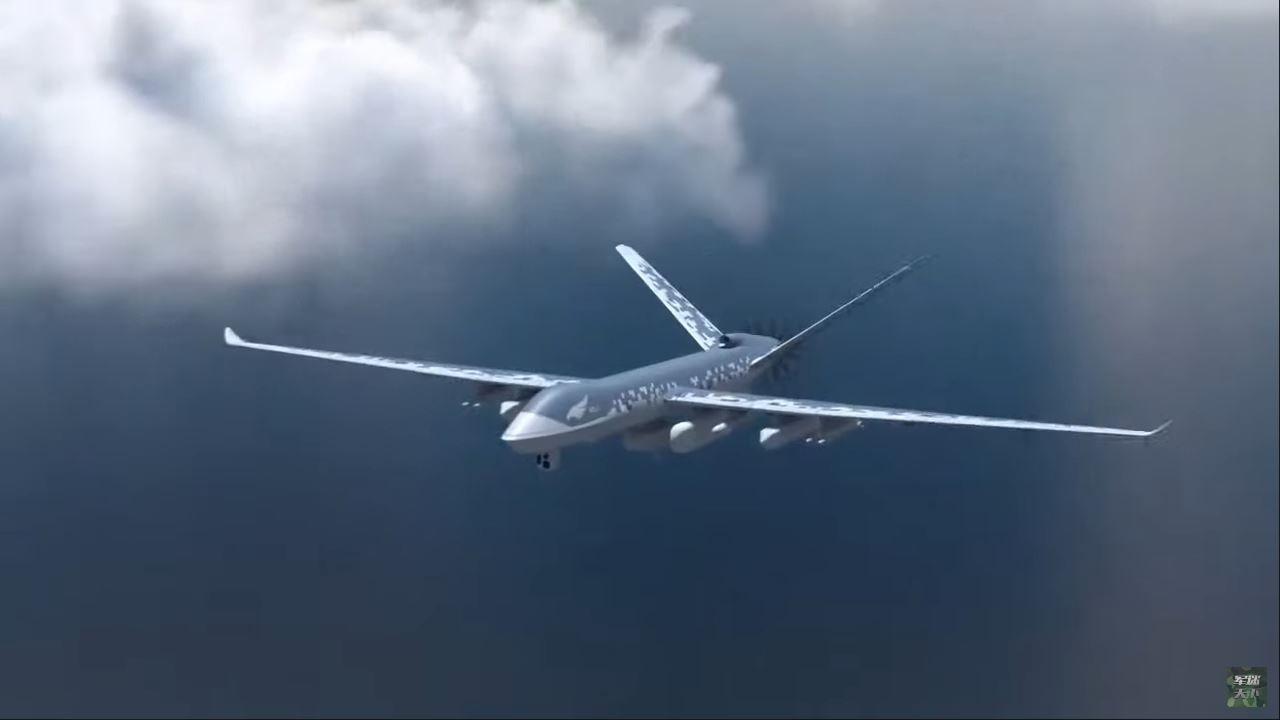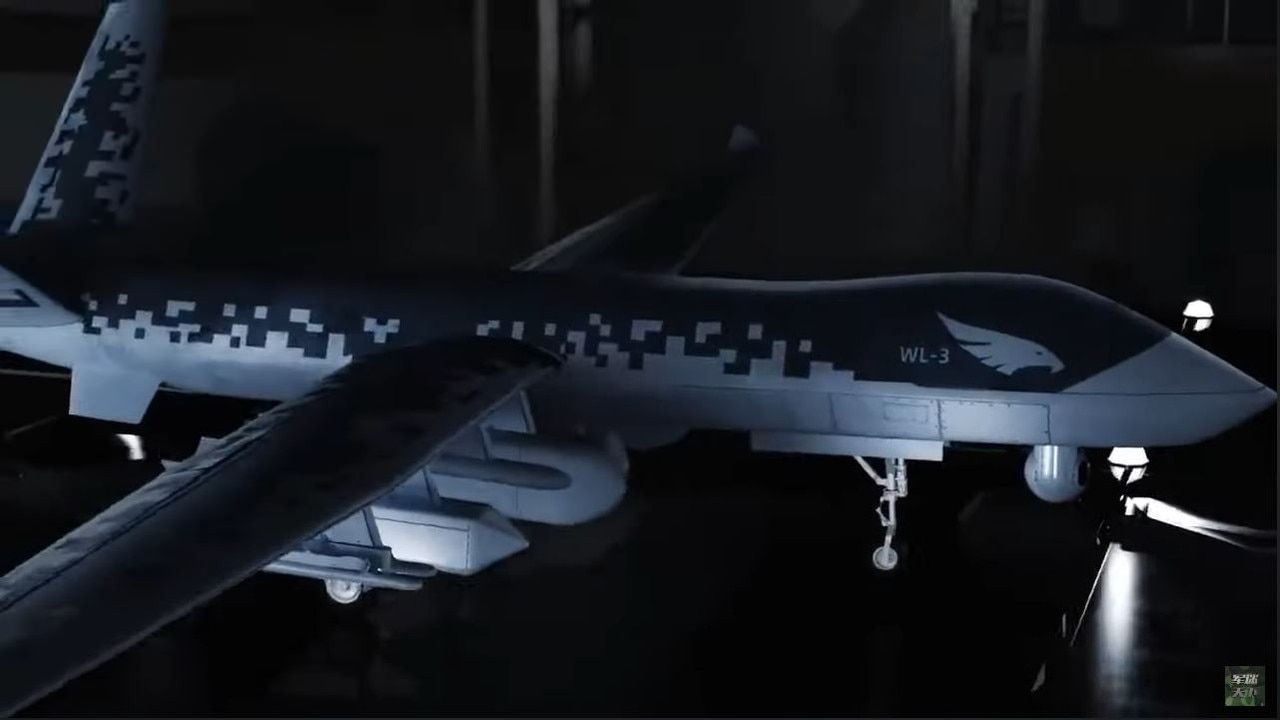China’s new drone raises the stakes for Australia
China unveiled a new drone that can fly to Darwin and back while carrying 2.5 tons of weapons.
This week, China unveiled a new drone that can fly to Darwin and back while carrying 2.5 tons of weapons. And it can defend itself while doing so.
The Wing Loong-3 uncrewed aerial vehicle (UAV) was unveiled at the 14th China International Aviation and Aerospace Exhibition. The event, which puts China’s most modern military equipment on show, ends Sunday.
Amid public displays by China’s now operational J-20 “Mighty Dragon” stealth fighter, the new 6 ton drone stole the show with its size and scope.
It’s 12.2m long with a 24m wingspan. Its simple lines and propeller-based engine hint at a relative ease of construction. But Chinese state-controlled media claims it can fly 10,000km at medium altitudes while carrying various weapons.

And it can stay in the air, where needed, for up to 40 hours.
The ability of small, cheap armed drones to linger over potential targets has proven immensely powerful in Ukraine. But the Wing Loong-3 operates at a much larger scale.
“Loitering munitions have become the tip of the spear in the future of warfare, challenging all conventional assumptions in war-fighting doctrine,” argues United States Marine Corps officer Zachary Williams in The Diplomat. “Loitering munitions may not have been part of the showcase for the PLAAF, but the core requirement for drone implementation to use precision-guided munitions is a key step.”

Killer robot
The UAV’s chief designer, Zhou Yi, appeared on Chinese state-controlled media to spruik his work. He said it was capable of autonomous intercontinental operations, including surveillance and reconnaissance, striking targets and loitering for up to 40 hours.
“Its entire payload is completely ahead of the existing mid-altitude long-endurance UAVs in terms of weight, quantity or type,” Zhou said. “In addition to military tasks, it can play a helpful role in a wide range of civilian missions, such as atmospheric measurement, signal relay and emergency rescue.”
Under its large wings are nine attachment “hard points” that can carry up to 16 objects. These can include sensor pods, bombs and missiles.
Notably, the Wing Loon-3 display showed it carrying smaller drones and loitering munitions.
Retired People’s Liberation Army Colonel Yue Gang added that the UAV could use the new PL-10E air-to-air missile. This “gives it a self-defence capability and improved its survivability,” he said.
“The PL-10E missiles enable it to have a certain ability to counter air targets, which is not available to the previous UAVs of the Wing Loong family,” added Chinese media military analyst Song Zhongping.
That means it can attack other aircraft - and drones.
The Aviation Industry Corporation of China (Avid) says the Wing Loon-3 will soon enter mass production.

Drone wars
Russia’s invasion of Ukraine has taught the world’s militaries a vital lesson: The best isn’t always enough.
Quantity has a value all of its own.
Moscow expended vast amounts of its advanced cruise and hypersonic missiles in the opening weeks of the conflict. But Ukrainian defenders using commercial drones were able to hold off its advancing tanks.
Now Russia is relying on stocks of cheap explosive-filled drones from Iran to fill its cruise missile gap. And these are being used against civilian power, water and transport infrastructure instead of front-line military forces.
The ability to field hundreds of such cheap guided weapons can quickly turn battlefield fortunes.
“The Chinese Communist Party has taken note of these recent conflicts and the overwhelming successes of loitering munition,” says Williams. “In terms of Anti-Access/Aerial Denial that the Chinese military would like to exercise in the East and South China Sea, it is easy to see how such a capability could integrate into an already capable military.”
But Wing Loon 3 may show China is seeking to apply this logic at an international scale.
“While the technology for UASs has evolved, the most significant change is how UASs are being used as part of combined arms warfare and what this suggests about the future,” a recent report by the Center for Strategic & International Studies (CSIS) notes.
“In this context, it will be important to have platforms and systems capable of collecting intelligence over vast geographic areas, striking targets if necessary, and operating in a contested environment.”
And large numbers of drones can overwhelm an opponent’s air defences,
“The character of warfare is something that is always changing,” says Williams. “In recent years, that character has been shaped heavily by information warfare coupled with the use of loitering munitions. The proof is on the battlefield in the Southern Caucuses, Ukraine, and in the defence budget of China.”






